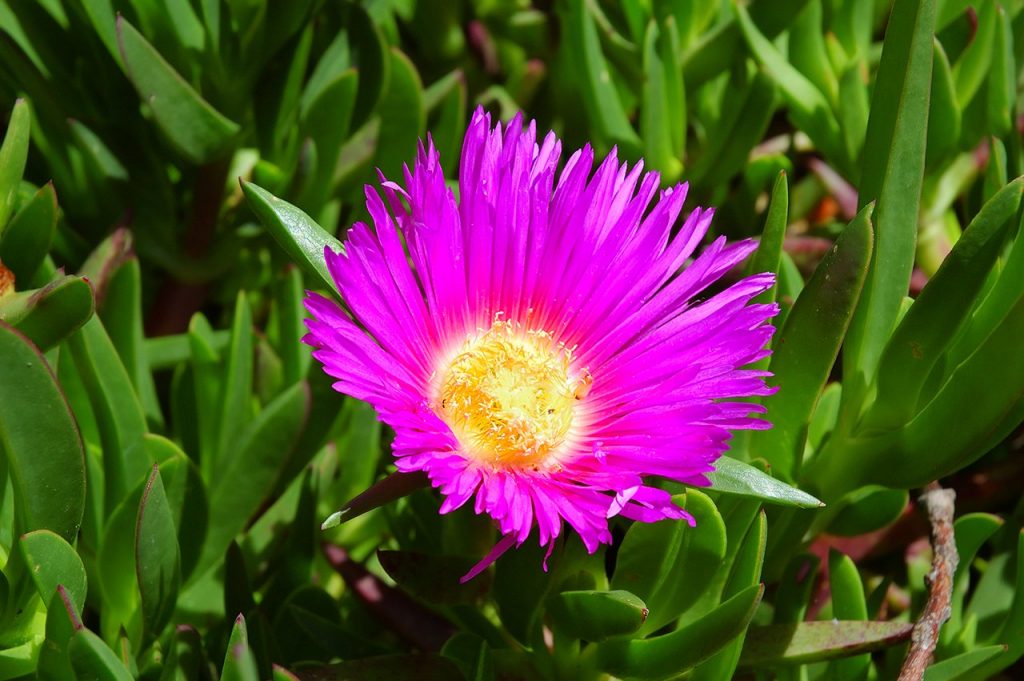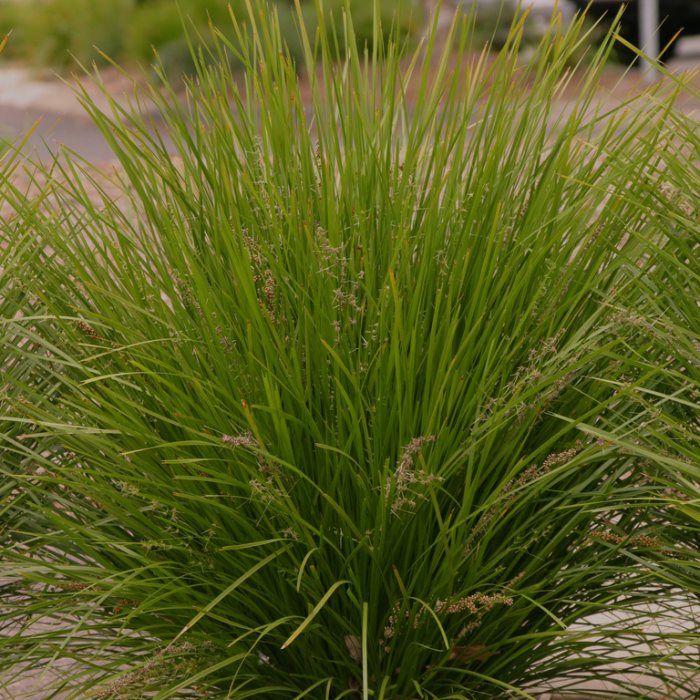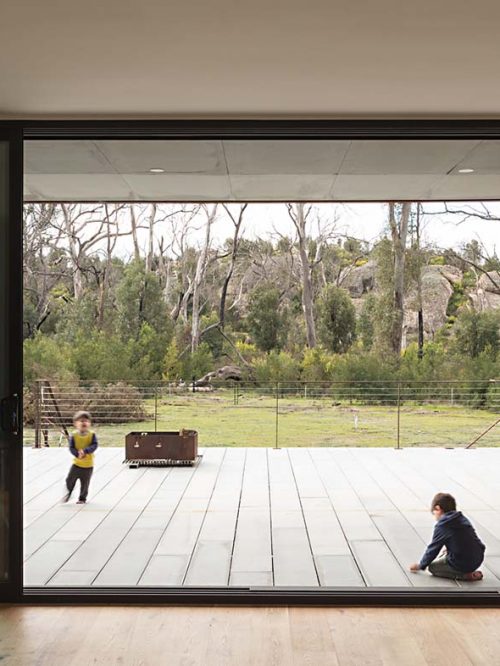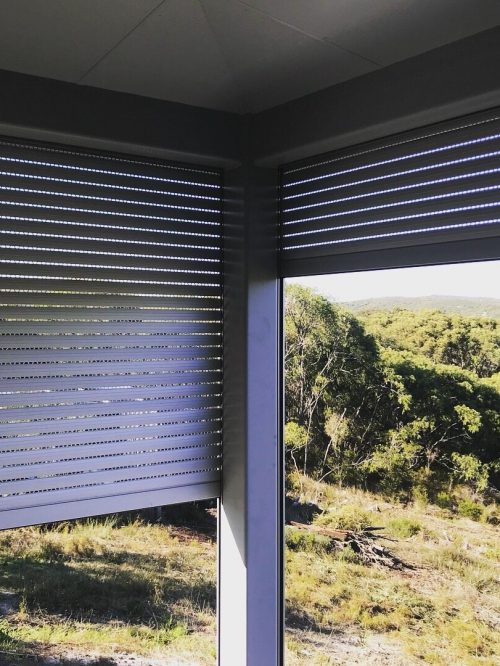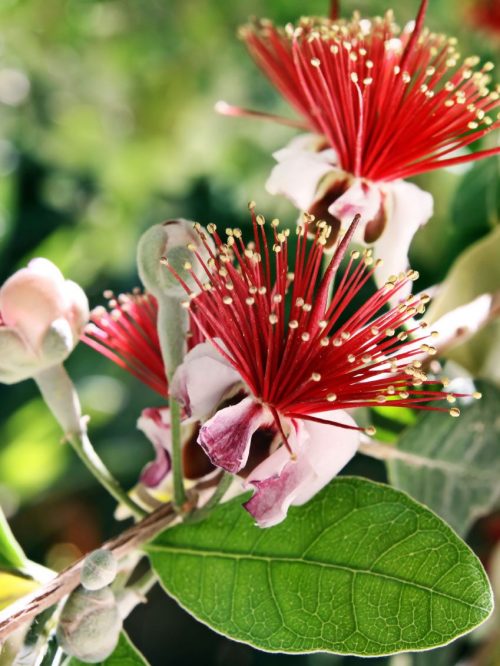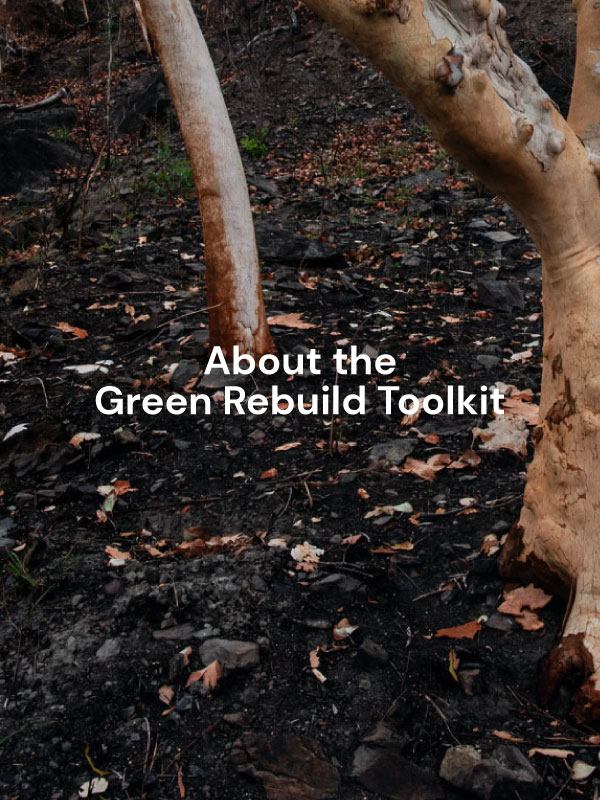Anthony Power, author of the article In the line of fire: Garden design to reduce the threat of bushfire gives the following advice on plant selection for bushfire resistance.
It can be difficult to work out which plants are considered highly flammable and which are deemed to be low risk. Confusion seems to centre on the shape and habit of a plant rather than the type of plant. For example, some people feel that dense plants won’t burn as easily as open-branched plants, because embers won’t penetrate them as readily, while others argue that dense plants should be considered high risk because they contain a large proportion of dead material within them and therefore will ignite quicker than a plant with an open habit.
What isn’t in doubt, however, is that plants with a high oil content and thin hard leaves – such as those in the myrtle (Myrtaceae) family (for example, Eucalyptus, Callistemon, Leptospermum, Syzygium, Darwinia, Melaleuca and Thryptomene species) – are much more flammable than plants with fleshier leaves that have a higher water content. This is because the ignition point of oily plants is lower than that of water-filled plants.
Water-storing succulents are renowned for their unique fire-retardant capabilities, but Australia is not known for succulents that are suitable as garden plants. Nevertheless, there are quite a few varieties that will happily exist in the home garden if the conditions are right, including Carpobrotus, Calandrinia, Disphyma and Portulaca species. Some are suitable for ground and container planting, so could be a savvy option for using close to the house.
Apart from oil or water content, what is also pertinent to take into account is the placement of plants in the garden and how they’re grouped. Plants that have a higher propensity for accumulating dead branches and leaves within the centre of the plant are considered high risk and should not be placed together.
Plants that are relatively open, loosely branched and have longer internode spacing between the leaves may catch alight quicker than compact plants because more air is circulating through and around them. However, because there is usually less dead plant material within these open plants, the assumption could be made that they are somewhat safer.
Trees with bark that sheds in ribbons are more of a fire risk than trees with smooth bark (although often it’s not as simple as this – for example, some eucalypts have smooth bark near the base but shedding bark in the higher branches). However, smooth-barked trees may not regenerate as quickly as trees with shedding bark, and they may not regrow at all.
The Sanctuary magazine website includes tables based on the plant list from the brochure Fire retardant garden plants for the urban fringe and rural areas assembled by the Tasmania Fire Service. The list includes a range of popular native species for gardens that, if you live in a bushfire-prone area, should not be planted near your house (highly flammable plants), should only be planted on a small scale (moderately flammable plants) or are relatively safe to plant close to your house (slightly flammable plants). You can view the tables here.
Maintenance
Reduce fuel loads on your property by removing fallen branches (unless they are required for habitat) and leaf litter (if not overly detrimental to the ecological balance) as soon as possible. During bushfire season, keep all dead plant material clear of the house safety zone. Maintain the health of your plants to prevent them becoming a fire hazard and also to give them every chance of surviving a bushfire.
